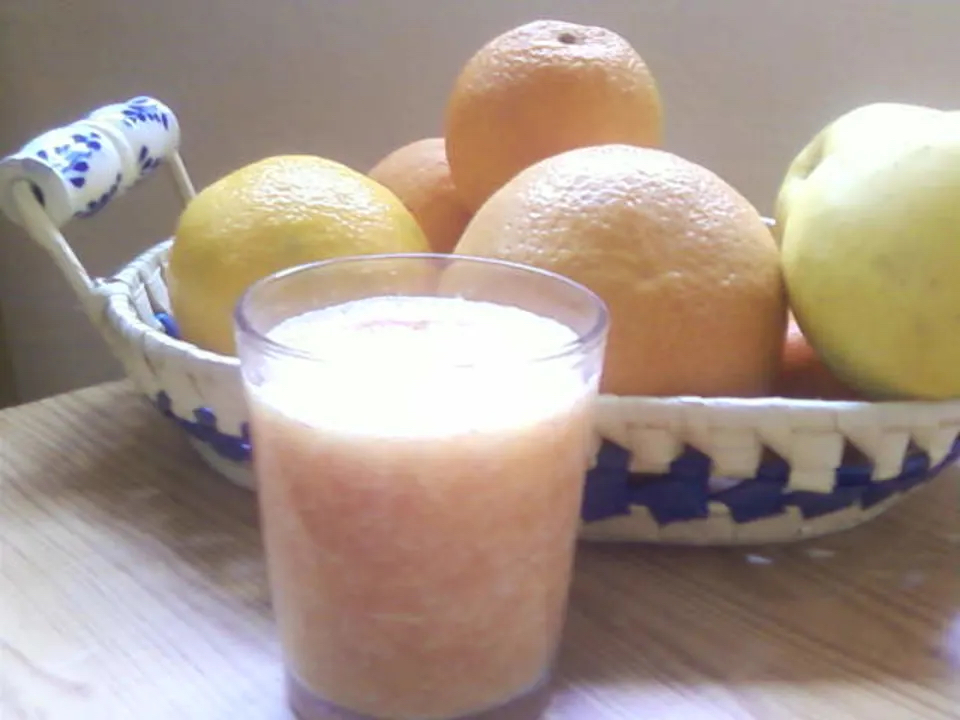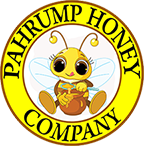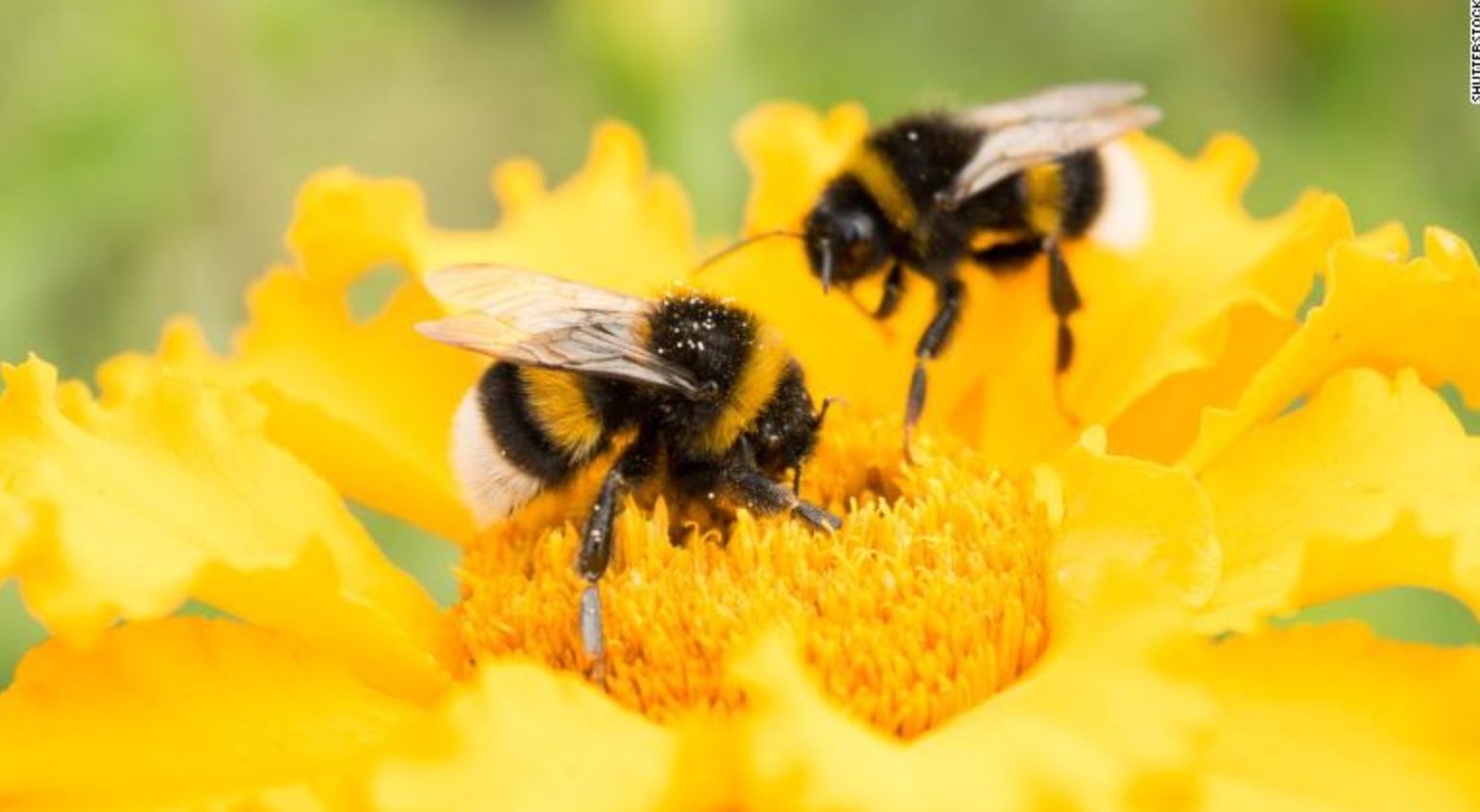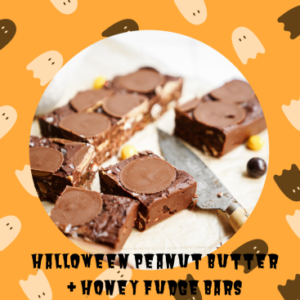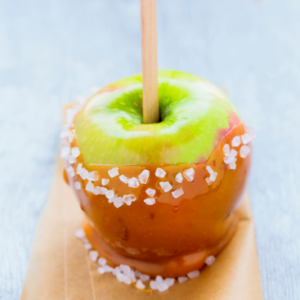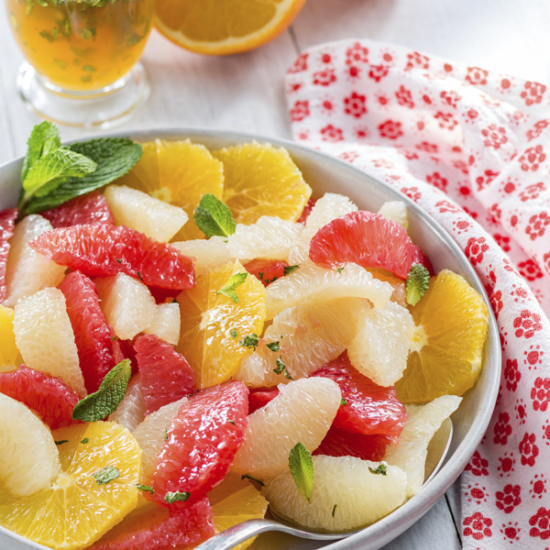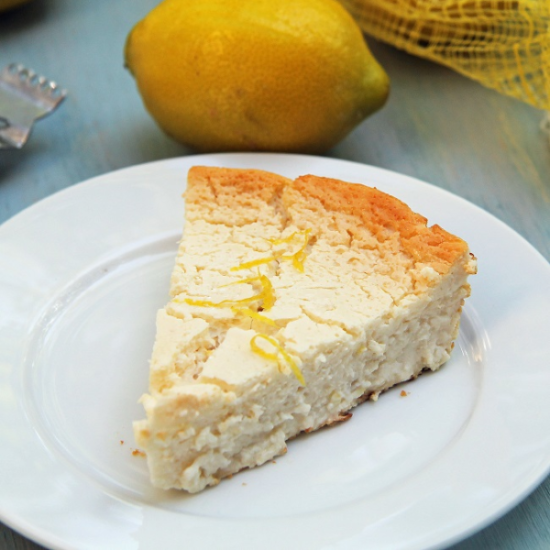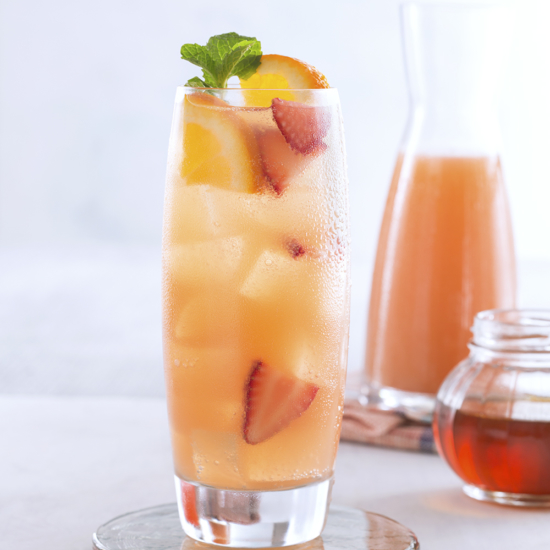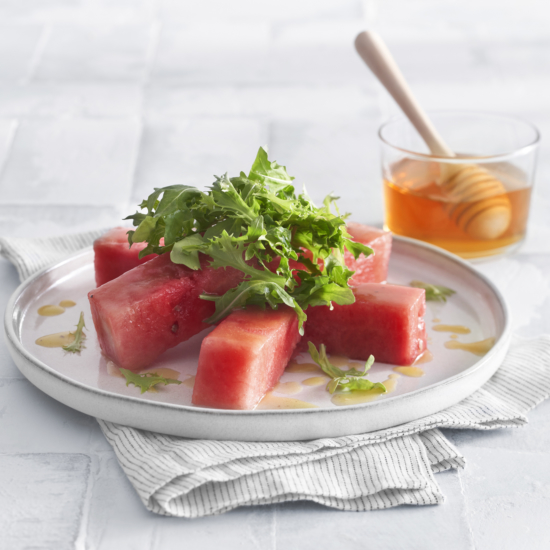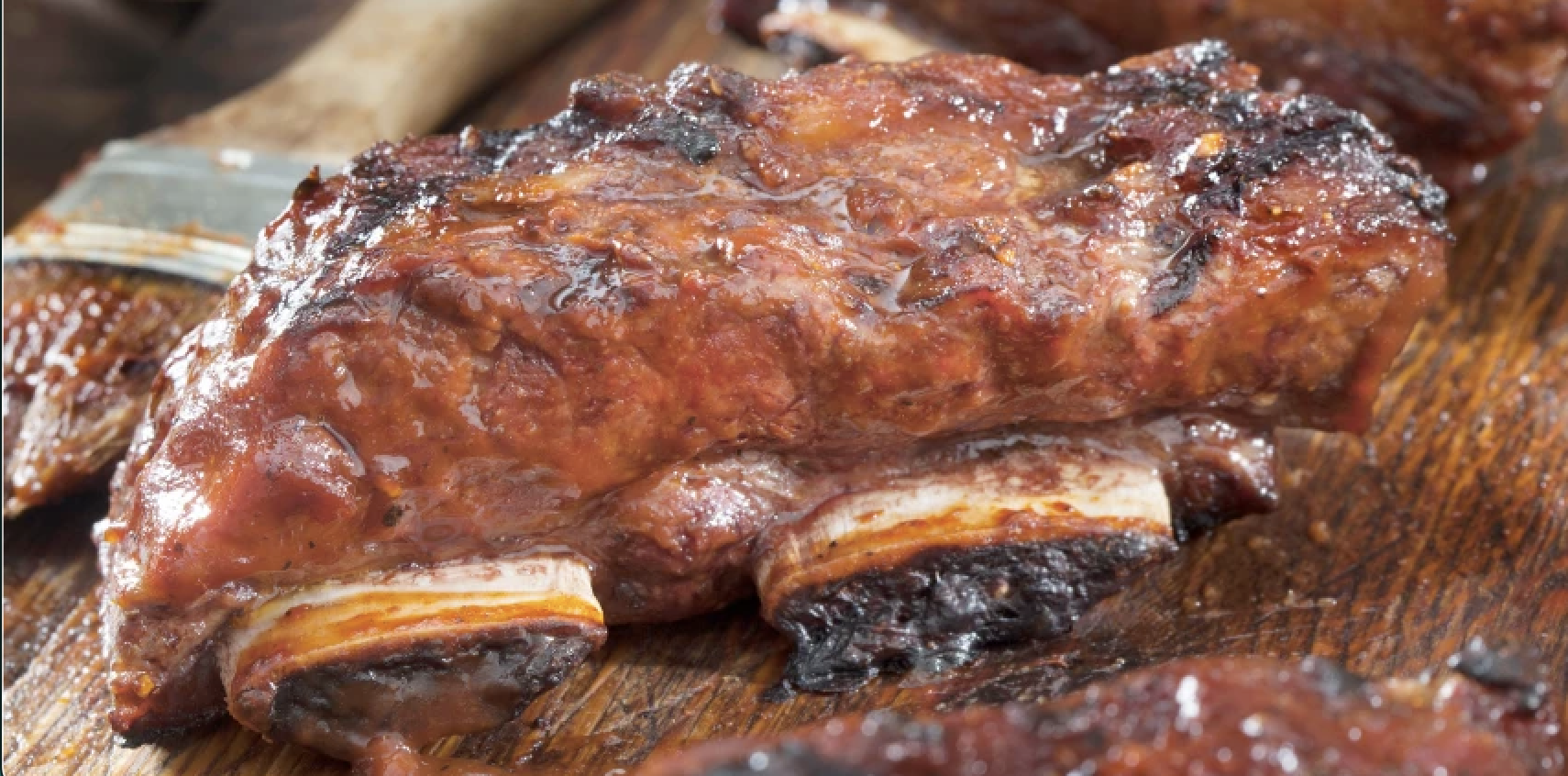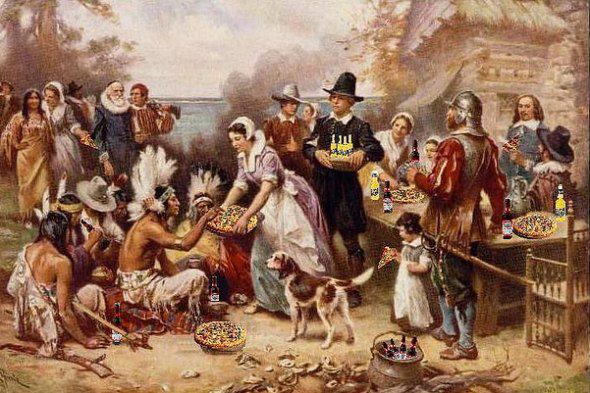
Drinking tea or warm lemon water mixed with honey is a time-honored way to soothe a sore throat. But honey alone may be an effective cough suppressant, too.
In one study, children ages 1 to 5 with upper respiratory tract infections were given up to 2 teaspoons (10 milliliters) of honey at bedtime. The honey seemed to reduce nighttime coughing and improve sleep. In fact, in the study, honey appeared to be as effective as a common cough suppressant ingredient, dextromethorphan, in typical over-the-counter doses. Since honey is low-cost and widely available, it might be worth a try.
However, never give honey to a child younger than age 1. And remember: Coughing isn’t all bad. It helps clear mucus from your airway. If you or your child is otherwise healthy, there’s usually no reason to suppress a cough. Mayo Clinic Pritish K. Tosh, M.D.
Further, coughing is a common problem for children with upper respiratory infections. These infections can affect sleep and quality of life for both children and parents.
However, common cough medications are not always effective and can have side effects. Interestingly, honey may be a good alternative, with evidence indicating that it’s an effective treatment option. One review of several studies on honey and cough in children found that honey appears to be more effective than diphenhydramine for cough symptoms. It may also help reduce cough duration.
Another review noted that it may also improve sleep quality among children with coughs, as well as their parents. Further, unlike some cough medicines, honey doesn’t have any side effects.
